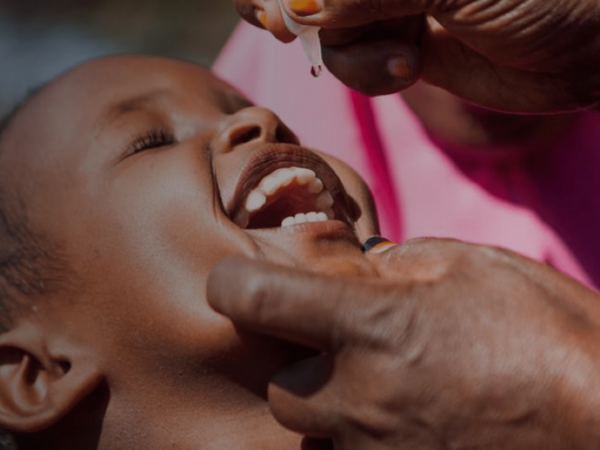A barrier analysis is a rapid assessment tool that is used to identify behavioural determinants, a critical step in determining what is preventing our priority population from vaccinating their children. At the same time it should highlight what the potential motivators are.
In order to analyze the behavior in question, you'll need to look at how it manifests itself, articulate which behaviors you're trying to promote, identify barriers to the adoption of the behavior, and think carefully about what factors might incentivize the new behavior.
Using the toolkit framework we can do a simple analysis of barriers with a template like this:
| Objective | Primary Audience | Segmentation Category (Acceptor, Rejector, Transient) | Situational Barrier | Attitudinal Barrier | Proposed Communication Intervention |
|
Ex. Increase the number of children under-five to be vaccinated in X community from XX to XX |
Eg. New parents and caregivers in sub-district x | Rejector | New parents and caregivers have low awareness of importance of vaccination. | There is a perception that their husbands do not support vaccination. |
Awareness campaign targeting new parents in local health units and among traditional birth attendants. Community meetings to be held with fathers in the sub-district on vaccination. Accompanying radio spot to emphasize role of fathers in raising healthy children. |
Too often we assume that promoting the benefits will resolve behavioural roadblocks. Only focusing on increasing knowledge and awareness of the problem , of the risks and even of the value of vaccination may have little appeal in resolving caregiver concerns.
More often individuals are making complex equations based on social norms, about their self efficacy or belief in their ability to perform the action, and by the perceived positive and negative consequences. It could be a religious objection, lack of support from a family member, impact on family income, perceived lack of support from influential community leaders, mistrust of the vaccine, vaccinator and programme. Whatever the case might be, we must put ourselves in the place of our decision maker and not simply appeal to logic, while ignoring what people feel, need or want
Let's look at another analysis tool regarding surveillance below.
Problem Behaviour: Caretakers do not take children with Acute Flaccid Paralysis (AFP) to the health facility.
| Problem behavior | Manifestations | Behaviors to promote | Barriers to new behavior | Factors encouraging new behavior |
| Some caretakers do not take children with AFP to the health facility. |
Caretakers hide children with AFP. Caretakers take children with AFP to traditional healers. |
Take children with AFP to health facilities within 24 hours of onset. Advise neighbors to take children with AFP to health facility. |
Belief that paralysis is caused by evil spirits/witchcraft and therefore not treatable by modern medicine. Belief that paralysis is shameful. Health workers ridicule/make caretakers uncomfortable when children with AFP are taken to health facilities. Distance – health facilities are too far. Finances – individuals don't have the means to get to the health facility |
Caretakers take children to health facilities for other medical problems (therefore the behavior itself is not totally new) Establishment of health facility committees made up of community members. Community reporting mechanism for AFP identified. Youth organizations are very active in the community. Representatives of traditional healers are willing to cooperate. |
Learn more
Explore the other two learning modules in this 3-step tutorial to design evidence-driven communication strategies to help vaccinate every child.
Integrate communications tactics and understand their strengths and weaknesses, then evaluate performance.
You cannot do everything and your ability to prioritize your interventions and target behaviours is paramount. One simple way to do this is to evaluate importance of the behavior and its changeability.



